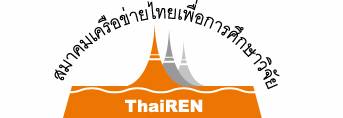ASIAN INTERNET ENGINEERING CONFERENCE (AINTEC) 2012
Date: 14th-16th November 2012
Venue:Jamjuree Ballroom A, Pathumwan Princess Hotel Bangkok, Thailand

| ||||||
Organized By |
||||||
|
||||||
|
Sponsored by |
||||||



| ||||||
Wavelet Image Coder for Arbitrary-sized Image
Poonlap Lamsrichan (Kasetsart University)
Country: ThailandContact: fengpll@ku.ac.th
By increasing a number of decomposition levels of conventional wavelet transform for any arbitrary-sized image, the image can be compressed more efficiently. The image will be padded until its number of row and column are multiple of 2 to power of L, which is the number required by L levels of wavelet decomposition. Four padding techniques exploited in this experiment
are (1) padding with all pixels which are pure black (have minimum values) (2) padding with all pure white (maximum value) pixels (3) padding with the replication of the border pixels and (4) padding with the reflection of the pixels from the boundary of the original image. The existing wavelet-based image coder - Context Adaptive Wavelet Difference Reduction (CAWDR) is used in this paper for performance evaluation purpose. The padded image show better compression performance than the compression from the original image without padding,
especially in very high compression ratio. All of the padding techniques’ results at many levels of transform are compared with those results from the existing still image coding standards, JPEG and JPEG2000.
Index Terms— Embedded image coding, wavelet difference reduction, arbitrary-sized, pixel padding




